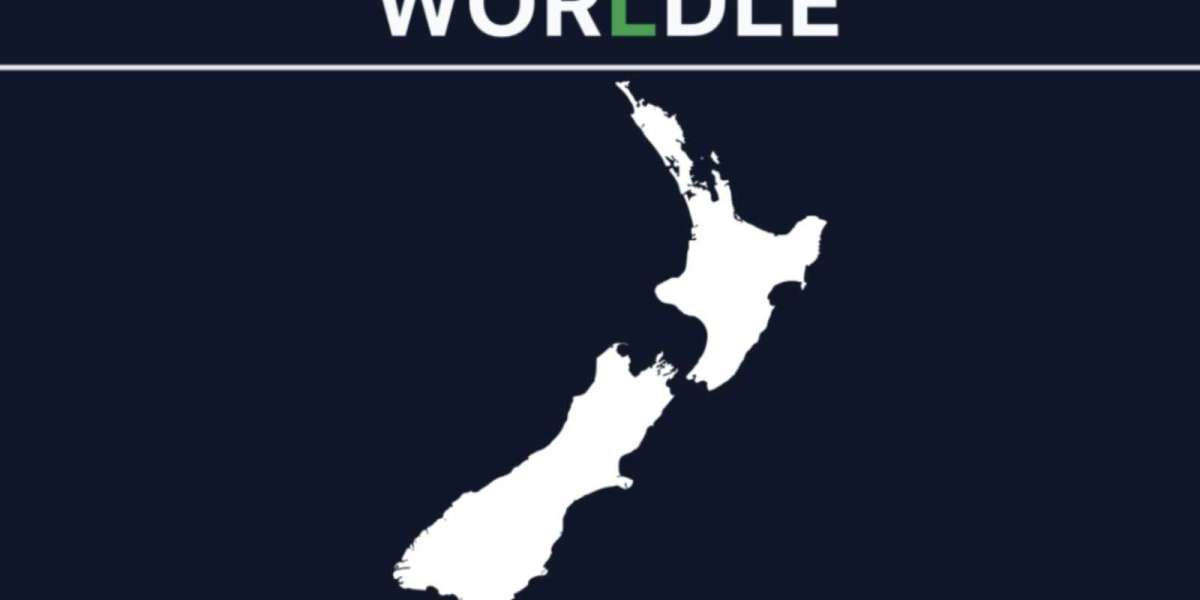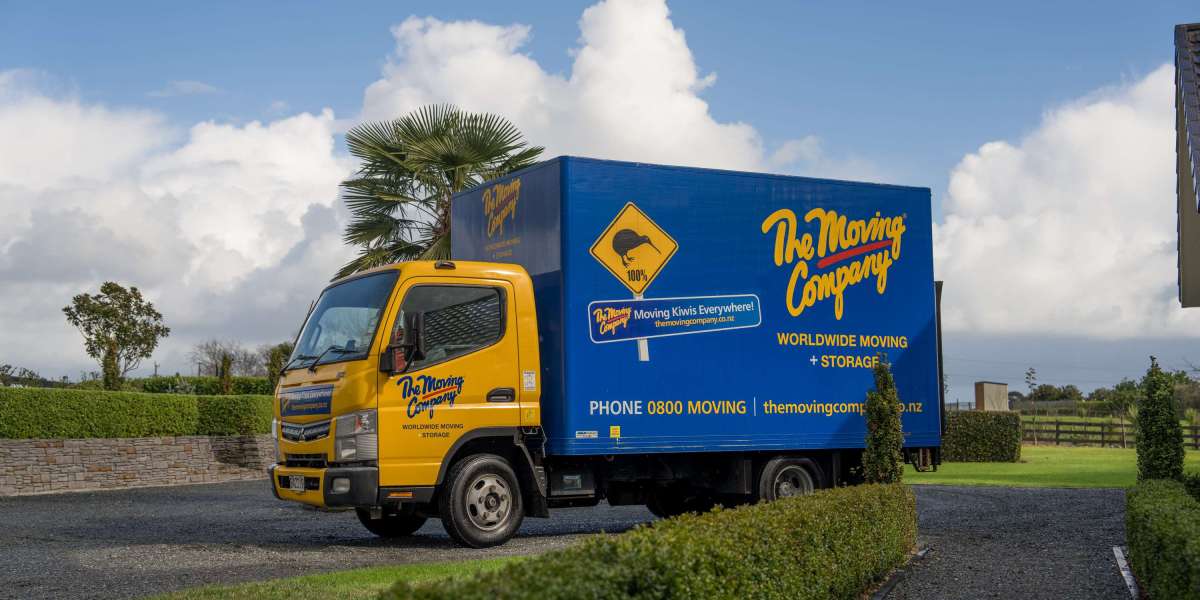Introduction
Worldle is more than just a game—it’s an engaging way to sharpen your geography skills while having fun. As a game developer, I appreciate how well-designed mechanics can turn learning into an addictive experience. If you’ve ever found yourself staring at a country silhouette, wondering whether it’s Laos or Latvia, you’re in the right place. This guide will walk you through practical strategies to improve your Worldle unlimited skills, turning guessing into an art form.
Understanding Worldle: More Than Just Guesswork
At its core, Worldle challenges players to identify a country based on its outline. With each incorrect guess, the game provides hints in the form of distance, direction, and proximity percentage. From a game design perspective, this is a brilliant feedback loop—players aren’t left in the dark but are instead given just enough guidance to keep the challenge engaging. Instead of blindly throwing out names, the key to mastering Worldle unlimited lies in decoding these hints effectively.
Why Play Worldle?
Besides being an addictive challenge, Worldle enhances your knowledge of world geography. You’ll start recognizing country shapes, learning about neighboring nations, and improving your spatial awareness. As a developer, I admire how Worldle integrates education with entertainment seamlessly—something I strive for in my own game projects. Plus, it’s a fun way to boost memory and pattern recognition skills. And let’s be honest—who doesn’t love impressing friends with obscure geography knowledge?
Step-by-Step Strategy to Improve Your Worldle Game
1. Start with Large or Distinctive Countries
When facing an unfamiliar silhouette, think of large, uniquely shaped countries first. Countries like Italy (thanks to its boot-like shape) or Australia (an island continent) are easy to identify. If the outline is relatively compact, consider smaller but distinct nations like Japan or the UK. In game development, we call this "anchoring"—using known elements to make sense of the unknown.
2. Use the Distance Hints Wisely
After your first guess, Worldle gives you a distance in kilometers and a direction. This is your secret weapon! Let’s say you guess Spain, and the game tells you your answer is 2,500 km away to the northeast. That immediately eliminates options in South America and Africa, narrowing your choices to Europe or parts of Asia. This mechanic mirrors adaptive difficulty in game design, where players are guided rather than spoon-fed answers.
3. Think Regionally
Instead of trying to pinpoint the exact country immediately, think about regions first. If the distance hint suggests you’re near the correct country, consider its neighbors. For example, if you guess Argentina and are close but not quite right, think about countries like Chile, Uruguay, or Paraguay. This technique mirrors procedural thinking in game logic—breaking down a challenge into smaller, manageable steps.
4. Recognize Common Country Shapes
Worldle quickly teaches you that some countries have easily recognizable shapes. France has a hexagonal structure, while Portugal is a vertical strip hugging Spain. With time, you’ll start identifying common shapes at a glance. As someone who works with visual elements in games, I appreciate how our brains process shapes faster than text—a principle often used in game UI design.
5. Use a Mental Map of the World
If you struggle with geography, a quick mental reference of world regions helps tremendously. Consider dividing the world into sections—North America, South America, Europe, Africa, Asia, and Oceania—and thinking systematically when guessing. This is similar to how players learn level layouts in exploration games—by breaking down large spaces into familiar territories.
6. Leverage Prior Guesses
If you’re unsure, use educated guesses based on previous results. If you guessed a country in Central Asia and the hint says the correct answer is further west, you now know to focus on the Middle East or Eastern Europe. This trial-and-error process is at the heart of game design—giving players just enough information to make progress while still maintaining the challenge.
7. Learn Common Mistakes
Some countries can easily be confused with others. For instance:
Sweden and Norway have similar elongated shapes.
Chad and Niger can look alike, but Niger has a more irregular border.
New Zealand can sometimes be mistaken for an island nation in Southeast Asia. Recognizing these patterns will help you refine your guesses over time. As a developer, I see this as an example of pattern recognition—a core skill in both gaming and game development.
Tools and Resources to Boost Your Worldle Skills
1. Online Maps and Quizzes
Using Google Maps or geography quiz apps like Seterra can strengthen your ability to recall country shapes and locations. Practicing with these tools outside of Worldle will make you faster in the game.
2. Flashcards for Country Shapes
Creating or using flashcards with country outlines can help you commit their shapes to memory. Websites like Sporcle offer quizzes that let you test your ability to recognize nations by their silhouette.
3. Daily Practice
Like any skill, improving at Worldle takes practice. Try to play consistently, even if it’s just one round a day. Over time, you’ll develop a mental catalog of country shapes and their positions relative to each other.
Making Worldle a Fun Learning Experience
Challenge Friends
Worldle is even more fun when played with friends. Try competing to see who can guess the country in the fewest attempts. Sharing the game with others not only makes it more enjoyable but also helps reinforce what you learn.
Set Personal Goals
Try setting challenges for yourself, such as:
Identifying countries within three guesses
Recognizing 50 country outlines without hints
Mastering a specific region, like Africa or Southeast Asia These small milestones keep the game exciting and rewarding.
Incorporate Worldle into Learning
For students or educators, Worldle is a fantastic tool for making geography more interactive. Instead of rote memorization, students can engage with country shapes in a fun, hands-on way.
Common Challenges and How to Overcome Them
Struggling with Small Countries
Some smaller countries—like Luxembourg or Eswatini—can be tricky. If you get stuck, think about their neighbors and use the directional hints to guide your guess.
Confusing Similar Silhouettes
If you repeatedly mix up similar-looking countries, take a moment to analyze their differences. For instance, the Dominican Republic and Haiti share an island, but their outlines have subtle distinctions.
Feeling Frustrated? Take Breaks
If you’re struggling to identify a country, step away for a moment. Sometimes, a fresh perspective helps you see the shape differently.
Final Thoughts: Enjoy the Journey
Worldle isn’t just about guessing countries—it’s about learning, improving, and having fun along the way. With the right strategies, you’ll go from random guesses to confident identifications in no time. As a game developer, I admire how Worldle blends challenge and learning seamlessly, making every guess feel rewarding.
So next time you see a country silhouette, take a deep breath, use your hints wisely, and trust your instincts. Before you know it, you’ll be impressing everyone with your newfound geography mastery!



